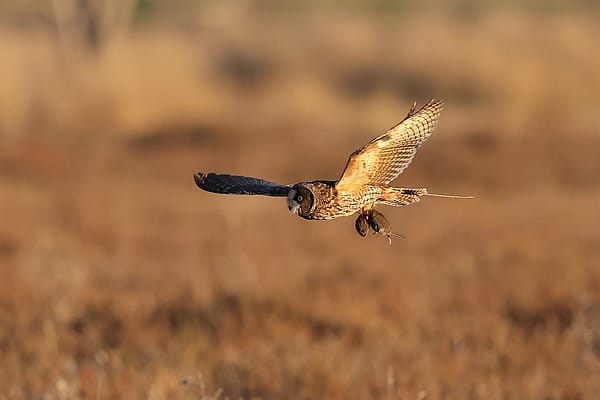
Bird Nests – Types, Material, & How You Can Help

There are a huge variety of bird nests throughout the world. These vary in materials used as well as types and shapes. Birds may nest in trees, on the ground, under the ground, in holes, on water, cliffs, and on walls, just to name a few. Some birds don’t even bother to construct a nest. In this blog I will cover a number of nest varieties. In addition, I will give you suggestions on how you can help nesting birds.
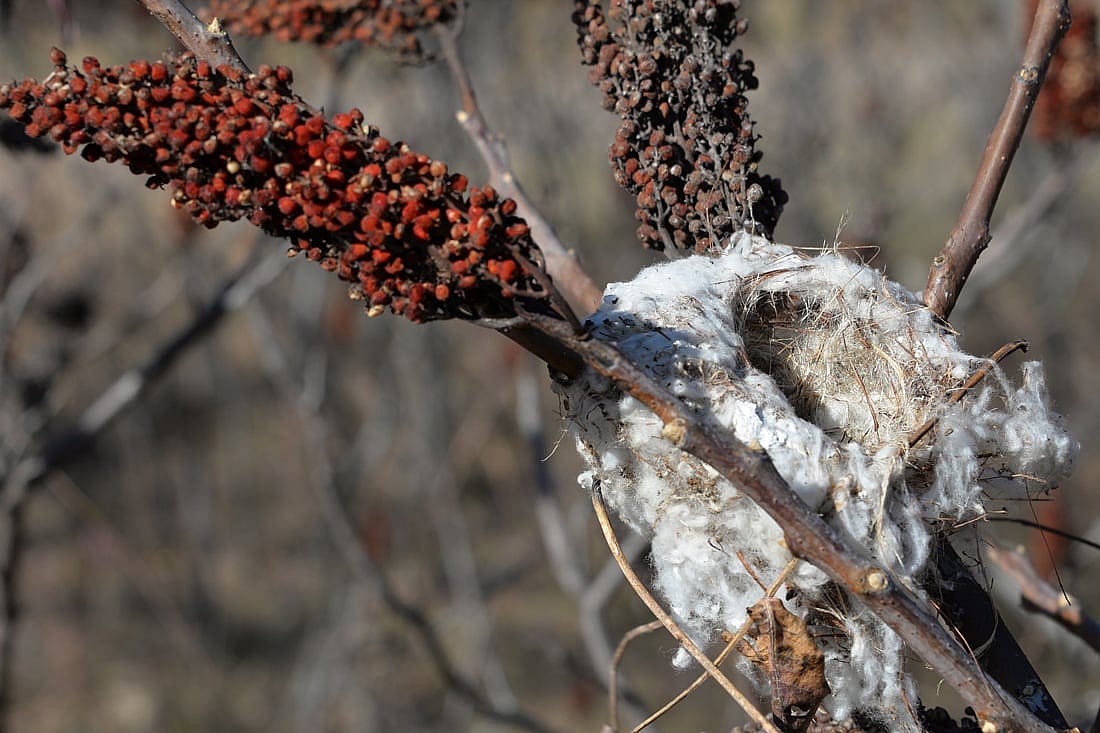
Nest Materials
A few of the most common bird nest materials are sticks, dry and fresh leaves, feathers, bark, and moss. Fluffy seed material is also popular with many birds. For example, dandelion seed heads can be very useful to hummingbirds. This fluffy material is soft, fairly waterproof, and easy to work with. It also adds insulation to nests to protect the chicks during cold nights and cool days.

Spider Silk
Spiders can be very helpful to birds by supplying web material to help with constructing nests. This material is strong and flexible. Songbirds such as Yellow Warblers and many hummingbird species will use spider silk to support their nest structures. Furthermore, they may utilize it to anchor their nests in place. In fact, spider web silk is a primary building block for many hummingbirds.
For additional information on the relationship of spiders and birds visit my blog, “Spiders, Webs, and Birds” https://centerofthewest.org/2020/10/06/spiders-webs-and-birds/
Take a little time to listen to this 1:45 minute BirdNote “Rufous Hummingbirds’ Marvelous Nest.” https://www.birdnote.org/listen/shows/rufous-hummingbirds-marvelous-nest
Mud
Mud is also a useful nesting material. Cliff swallows are a good example of birds that build their nests using mud. Although magpies build large domed stick nests the females create a mud bowl inside the structure. They then line this bowl with plant and other materials to house their eggs.

Female robins often use plant matter such as dry grass and twigs dipped in mud to build sturdy nests. They will also reinforce their nests with mud.
Another example of birds who utilize mud for nest construction are White-winged Choughs. This bird is an Australian mud-nest builder.

Nest constructed with mud.
Feathers
Feathers are another material you may see lining or woven into robin and other bird’s nests. Though female robins are the nest builders, males will often help out by bringing usable nesting material to the females.

Nest Types, Shapes, and Placement
There are too many types of nests and shapes to even begin to cover them all in a blog post. To illustrate, nest styles may include shapes such as domes, bowls, cups, baskets, globes, flat, hanging pouches, balls, pears, or ovals. In addition, human-made bird houses and platforms are gladly used by many birds.
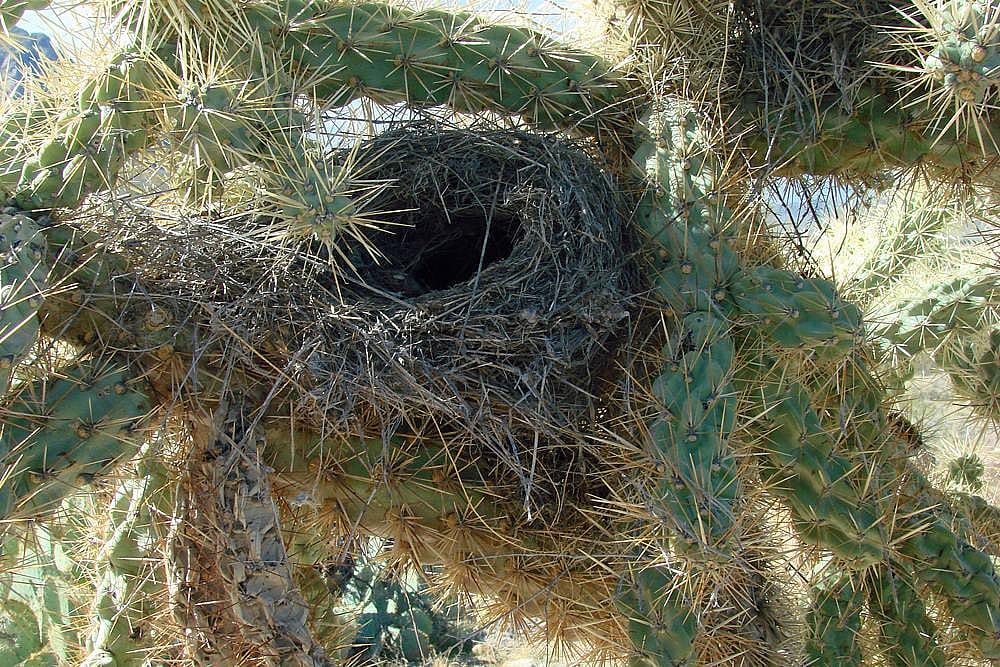
Woven Nests
Several bird species build elaborate woven nests. Tailorbirds use their sewing skills to weave leaves into shelters thereby creating safe locations in which to place their nests.
Watch a Tailorbird sewing a leaf into a shelter. Use the small “X” on the lower right side of the video to return to the blog. https://www.youtube.com/watch?v=QQMYpzbQIDA
Other birds may stuff nests into cactus or build them around a number of branches. Some have roofs, others have tunnels leading to the inside nesting area. Some nests even have two or more rooms. Several species share family or colony nests.
Community Nests

Sociable Weavers are an example of birds that construct large community nests. These nests are thought to be the world’s largest as well as the most populated nests. They may weigh up to a ton or more and measure up to 20 feet wide and 10 feet tall. These need a strong structure to support this weight. Acacia trees are a favorite, along with other structures such as telephone or power poles

These nests are large enough to house over a hundred pairs of birds. Each pair has its own room within the structure. Social Weavers are continually improving their nesting community by adding new nesting chambers. It has been reported that some nests have remained occupied for over a century.
Platform Nests
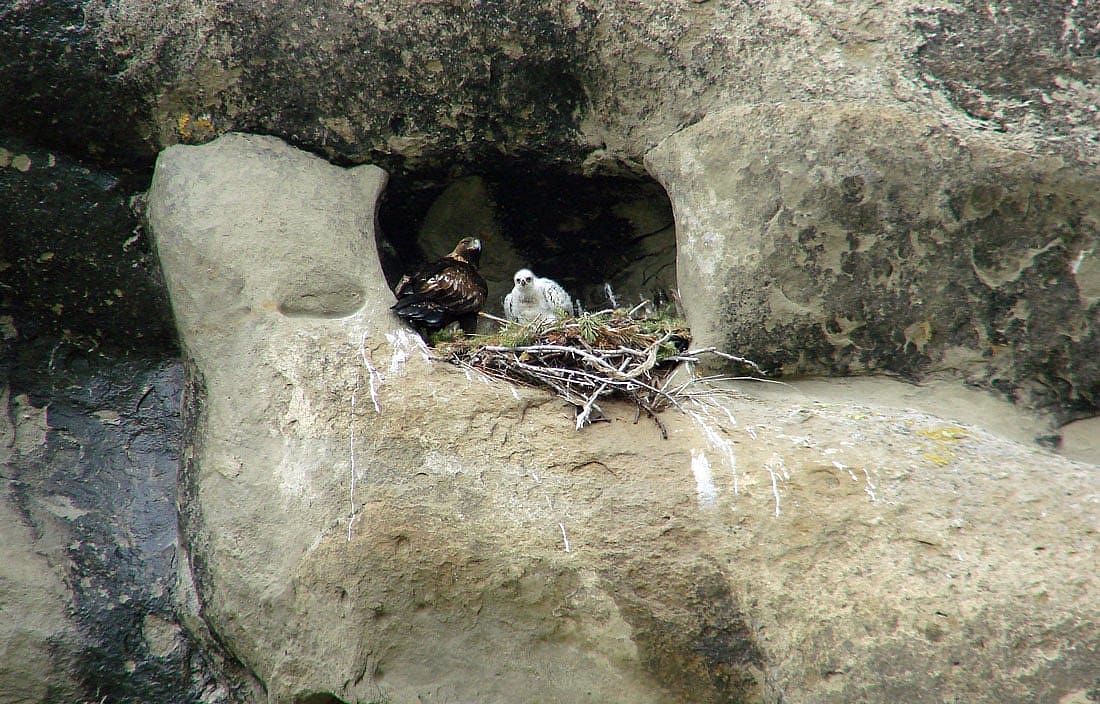
Platform nests are also common. These are rather flat though there is generally a depression within the nest. They are flat enough that the birds can easily look at the view around them. This style is usually constructed of twigs and sticks layered together. They may have grasses and other greenery added. You may find these in trees, on cliffs, or man-made platforms.
Platform nests are generally built by large birds, such as osprey, bald eagles, egrets, and storks. Typically these are often refurbished and used season after season by the same birds.
For further information on nest reuse listen to this 1:45 minute BirdNote “Are Birds Nests Reused?” https://www.birdnote.org/show/are-birds-nests-reused
Cup Shape Nests

Cup shapes are one of the most common nest styles. Robins, flycatchers, larks, thrushes, hummingbirds, warblers, and many other birds build cup-shaped nests. They may be built of a variety of materials. Furthermore, birds often line their nests with additional softer materials.
Cup-shaped nests may be located in trees, shrubs, on beams, or on other structures that will support the nest mainly from below. They may also be hanging or attached to a wall like the nests of swifts and some swallows.
Watch a Rufous Hummingbird raise her young in a cup-shaped nest here. This clip was filmed over a period of a couple of weeks so you can observe the development of the chicks.
https://www.youtube.com/watch?v=nWxYcp5xz2o&feature=youtu.be

Pendant Style
Pendant style nests are usually woven out of blades of grass or thin strips of leaves. They often hang from the ends of tree branches. Birds such as orioles and weavers commonly use this style. Different types of weavers use their own design. These are intricately woven nests. The entrances of these nests are usually underneath or to the side. The above photo is an example of hanging pendant style nests built by Oropendola birds.

Birds That Do Not Build Nests
Interestingly, not all birds build nests. A number of species nest on the ground by scratching shallow depressions. They may or may not line these depressions with plant material such as dead leaves or other items already on site. Ground-nesting birds include Short-eared Owls, Turkeys, Pheasants, Nighthawks, and Killdeer.
In addition, there are birds that live in cavities. Woodpeckers not only create their own cavity to nest in, but they also create nesting holes for other birds.
Birds that do not take the trouble of building nests include most owls and the new world vultures. Many owls are cavity nesters and simply choose a cavity and move in. If they have used it previously they often do not even bother to remove old bones or other material left behind from the previous year.
Great Horned Owls may use holes or simply steal nests from other birds. They often take over nests built by other large birds such as hawks, crows, ravens, and herons.
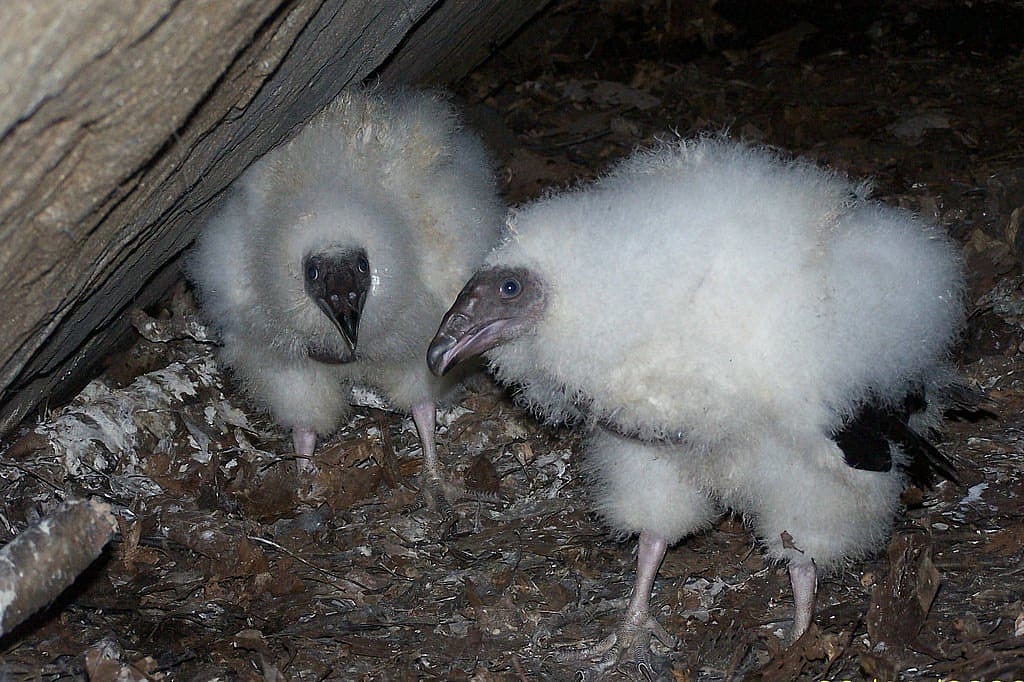
Turkey Vultures simply find a location that looks safe. This could be caves, cliff crevices, abandoned buildings, haylofts, fallen hollow logs, and even abandoned vehicles. Our education vulture, Suli, was found when less than 2-weeks old in a haystack. Turkey Vultures may or may not scratch a spot on a floor and/or move nearby leaves and sticks around.

What About Peregrine Falcons?
If you think of a nest as some sort of structure built with materials gathered by the parents, then Peregrines are another bird that doesn’t build a nest.
In the wild Peregrines prefer to nest on cliffs. In cities and towns, however, they will just as easily choose specially designed nesting boxes. Peregrines generally make a “scrape” or small depression in which to lay their eggs. This is often done by laying their breast down and pushing with their feet, thereby running their breasts through the soil, gravel, or other substrate.
This video contains segments of a peregrine making a scrape. She does this briefly at 1:43, and again at 3:23, which is a better view of the behavior.
https://www.youtube.com/watch?v=AfHrp13FALI
How You Can Help

Providing bird houses and nesting material are good ways to help out birds during breeding season. Good materials for nesting include dead twigs, leaves, straw, grass clippings, dry grass that has not been treated with pesticides, feathers, plant fluff or down, moss, bark strips, and pine needles. If you are trimming, grasses 2 – 4 inches long are especially appreciated.

If you have a pet, save the hair when they are shedding or having their hair trimmed. Take the hair off of your dog brush when brushing. However, do not use hair from a pet that has been treated with flea/tick/lice repellents that stay on the fur. These chemicals can be deadly to birds. Likewise, the wool from sheep is safe, as long as it is short and has not been sprayed with repellents.
How To Provide Nesting Material
A few ways to provide these materials are by leaving piles of leaves and twigs on the ground or draping them over the branches of bushes. Purchase or wash out a previously used wire-mesh suet cage which you can fill with materials and hang for birds in the spring. You may also push materials into tree crevices. Likewise, an old kitchen whisk can be hung with potential nesting material pushed into it.
If you have bare spots in your yard or garden try adding a little water to create mud for those birds that love building with mud.
Gather cattail fluff or other plant fluff into loose fluffy piles. If gathered in the fall store them in a way that they will remain fluffy and won’t clump up over the winter.

Warning! Never Use These Materials
Never offer anything that contains tinsel, aluminum foil, cellophane, or chemicals. Also, always avoid plastic strips. Dryer lint may seem like the perfect fluffy nesting material, but it tends to become crumbly when it dries after a rain. This can lead to holes in what was previously a solid nest. Plus, it may be contain unhealthy chemicals such as remnants of detergent and softener.
Human hair may seem like good material but can actually be deadly. Hair is strong enough to tangle around a small bird’s neck, leg, or wing and cut it. It can even cause death as it cuts off the circulation, especially in growing chicks. Likewise, yarn or string are dangerous items that can wrap around birds or hatchlings.
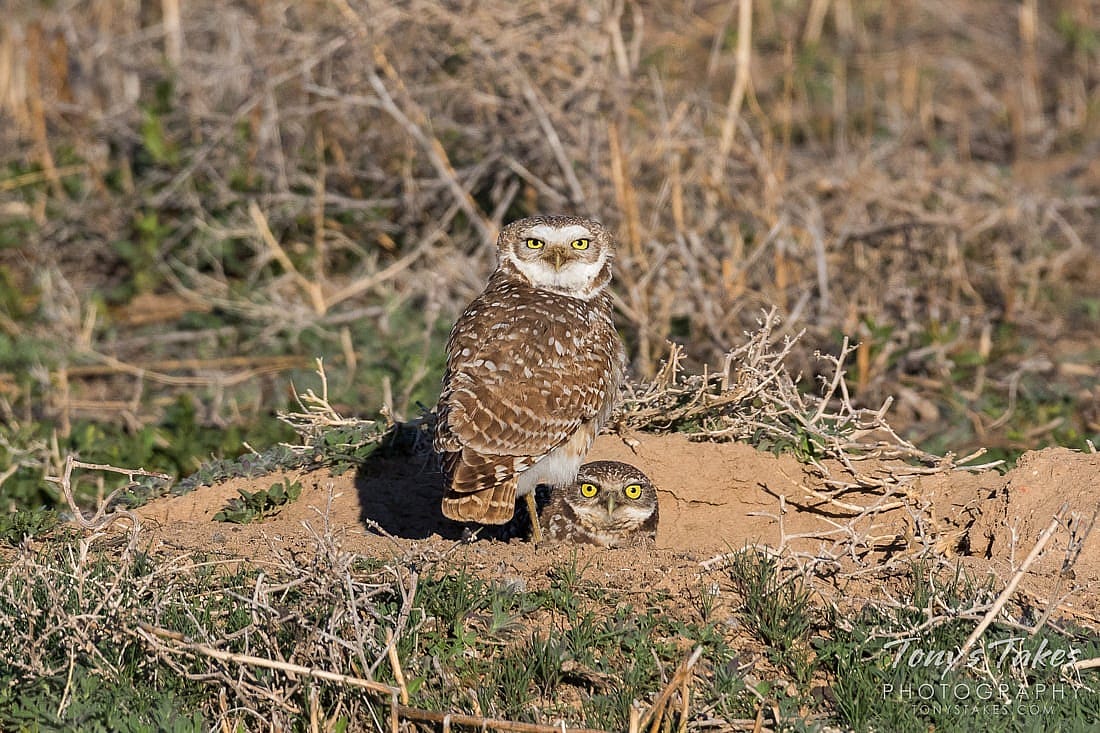
In Conclusion
When it is time to lay eggs and raise chicks not all birds construct nests. Nests can be simple or elaborate and come in many shapes – from complicated woven nests, to scrapes on the ground, or even burrows underground. Observing birds in the spring may give you clues as to what types of nests birds are building near your home. With this knowledge you may even enjoy giving them a helping hand by supplying needed and safe materials.

Lastly, For Further Reading To Fill Out the Story
What comes before the nest? Why do birds even pair up? What is their courtship like? Did you know they may spin, fence, and dance? To find out check Melissa Hill’s blog, “Love, a Universal Problem” at this link:
https://centerofthewest.org/2021/02/08/avian-courtship-lets-get-it-on/?fbclid=IwAR38LOtY00z_c738wO3jEQXRfZsmRaJzkWsqA29vFLFj47QWtxZ-Jo3qdo8
Furthermore, how do birds defend their nests? follow this link to my previous blog, “Nest Protection and Defense” https://centerofthewest.org/2019/06/19/nest-protection-and-defense/
Photo Credits
Masked Weaver working on its nest by Andy Morffew, Attribution 2.0 Generic, https://www.flickr.com/photos/andymorffew/
Nest built of cattail near Royalton MN by Keith Ewing, Attribution-NonCommercial 2.0 Generic License, https://www.flickr.com/photos/kewing/
Anna’s Hummingbird in nest, Cliff Swallow’s nests, Robin nesting on deck light, Cactus Wren nest, and Golden Eagle nest by author A. Hay, Attribution-NonCommercial-NoDerivs 2.0 Generic License, https://www.flickr.com/photos/157982666@N07/albums/with/72157685941454263
White-winged Chough birds and Nest in New South Wales, Australia by Larry Hubble, Attribution-Share Alike license, Attribution-NonCommercial-NoDerivs 2.0 Generic https://www.flickr.com/photos/lhubble/
Sociable Weaver’s nests by Bernard DUPONT Attribution-ShareAlike 2.0 Generic License, https://www.flickr.com/photos/berniedup/
Sociable Weaver nest built on a pole, by Steve Glasgow, Attribution 2.0 Generic license, https://www.flickr.com/photos/steveglasgow/
Barn Swallow Nest by Andy Reago & Chrissy McClarren, Attribution 2.0 Generic License, https://www.flickr.com/photos/wildreturn/
Oropendola Nests (a bird in the black bird family), by Stan Lupo, Attribution-NonCommercial-NoDerivs 2.0 Generic, https://www.flickr.com/photos/stanlupophotography/
Eastern Screech Owl looking out of tree hole, Matt Ward, Attribution-NonCommercial-NoDerivs 2.0 Generic License, http://www.iseethelight.com/
Turkey Vulture Chicks by Richard Bonnett, Attribution-NonCommercial-NoDerivatives License, https://www.flickr.com/photos/bonnyboy/
Pergrine C&C in nest box feeding chicks used with permission
https://www.facebook.com/ChadandChrisOhioPeregrinePage/photos/a.590680130957763/1892124620813301
Southern Masked male weaver constructing a nest by Derek Keats, Attribution 2.0 Generic, https://www.flickr.com/photos/dkeats/
Eastern Screech Owl looking out of nesting box, by S Valasek, Attribution-NonCommercial-NoDerivs License, https://www.flickr.com/photos/steve_valasek/
Humming bird with fluffy nest material by Becky Matsubara, Attribution 2.0 Generic https://www.flickr.com/photos/beckymatsubara/
Burrowing Owls one peeking out of burrow by Tony’s Takes Attribution-NonCommercial-NoDerivs 2.0 Generic license https://www.flickr.com/photos/tonystakes/
Mute Swan nest on water by Jeremy Halls, Attribution-ShareAlike 2.0 Generic license, https://www.flickr.com/photos/anax/
Written By
Anne Hay
Anne Hay has a Bachelor's degree in Elementary Education and a Master's in Computers in Education. She spent most of her working years teaching third grade at Livingston School in Cody, Wyoming. After retiring she began doing a variety of volunteer work for the Buffalo Bill Center of the West’s Draper Natural History Museum. Anne loves nature and has a concern for the environment. She believes that educating the public, so that they will have a better understanding and appreciation for the natural world, is very important. Because of this belief, volunteering at the Center is a perfect fit. She spends time in the Draper Lab, observing eagle nests for Dr. Charles Preston’s long-term research project on nesting golden eagles, writing observation reports of raptor sightings in the Bighorn Basin, and working with the Draper Museum Raptor Experience. Anne states that, “Having a bird on my glove, is one of my all time favorite things in life.”





